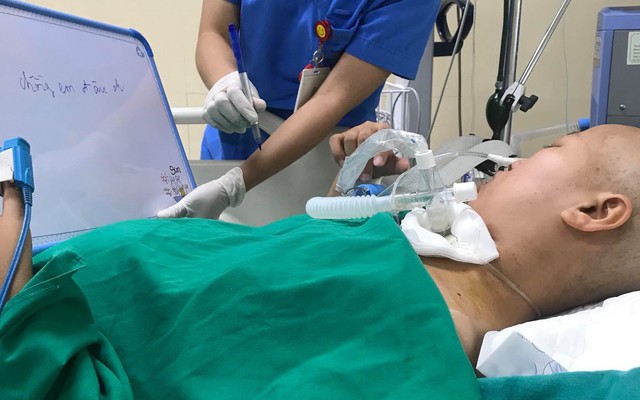Free-Radicals: Description, Factors, Antioxidants, And Cancer
Free radicals are highly reactive and unstable molecules that are produced in the body naturally being a byproduct of metabolism (oxidation), or by contact with toxins from the environment like cigarettes and ultraviolet light. Poisons use a lifespan of just a part of a second, but in that time may damage DNA, sometimes creating the mutations that may result in cancer. Antioxidants inside the foods we eat can neutralize the unstable molecules, lowering the probability of damage.
We'll go through the structure, causes, and outcomes of poisons, along with what you should be familiar with antioxidant supplements if you have cancer.
Definition and Structure of Poisons
Free-radicals are atoms that have an unpaired electron. Because of this deficiency of a comfortable number of housing electrons, these are inside a constant search to bind with another electron to stabilize themselves-a process that can cause harm to DNA along with other elements of human cells. This damage are likely involved in the progression of cancer along with other diseases and accelerate getting older.
Varieties of Poisons
There are numerous varieties of toxins, though, in humans, the most important are oxygen free-radicals (reactive oxygen species). These include singlet oxygen (when oxygen is "split" into single atoms with unpaired electrons), peroxide, superoxides, and hydroxyl anions.
Causes/Sources of Poisons
You may wonder where toxins originate from initially. Toxins can be done using some different ways. They are often generated from normal metabolic processes by the body processes, or by experience of carcinogens (cancer causing substances) from the environment.

Free radicals can be accomplished both by carcinogens along with the normal metabolic processes of cells.
Free Radicals Because of Normal Metabolic Processes
Our own bodies often produces free-radicals while breaking down nutrients to make the vitality allowing our systems to work. The production of toxins in normal metabolic processes such as this is probably the reasons that this likelihood of cancer increases as they age, regardless if everyone has few exposures to cancer-causing substances.
Toxins As a result of Experience of Carcinogens
Experience carcinogens in our environment may also produce free radicals. Examples of some carcinogens include:
Cigarettes
Ultraviolet radiation
Radon in the home
Environmental and occupational substances and chemicals including asbestos and vinyl chloride
Some viruses
Medical radiation
Smog
How Toxins Can Cause Cancer
Damage implemented to genes from the DNA may lead to genes that leave ineffective proteins; proteins should be watchkeepers within the cells in the body. Many of these mutations may involve genes called tumor suppressor genes. These genes code for proteins that function to repair damages in DNA or cause cells that are damaged beyond salvage to become removed by having a means of apoptosis (programmed cell death).
Oncogenes are genes that code for proteins that promote the expansion of cells. Normal genes by the body processes called "protooncogenes" are crucial in advertising the growth of your baby during pregnancy and transiently produce proteins that help with tissue repair. Mutations of these genes (that are then oncogenes) result in the continuous output of proteins that promote the development of an cell.
Frequently, it's a series of mutations in the tumor suppressor genes and oncogenes leading to cancer. Damage (mutations) to tumor suppressor genes allows a busted cell to live unrepaired (abnormal) and damaged oncogenes promote the expansion of that damaged cell. The end result is-the formation of the cancer cell.
To read more about dieu tri ung thu you can check our web page.
Created at 2020-07-02 08:24
Back to posts
This post has no comments - be the first one!
UNDER MAINTENANCE